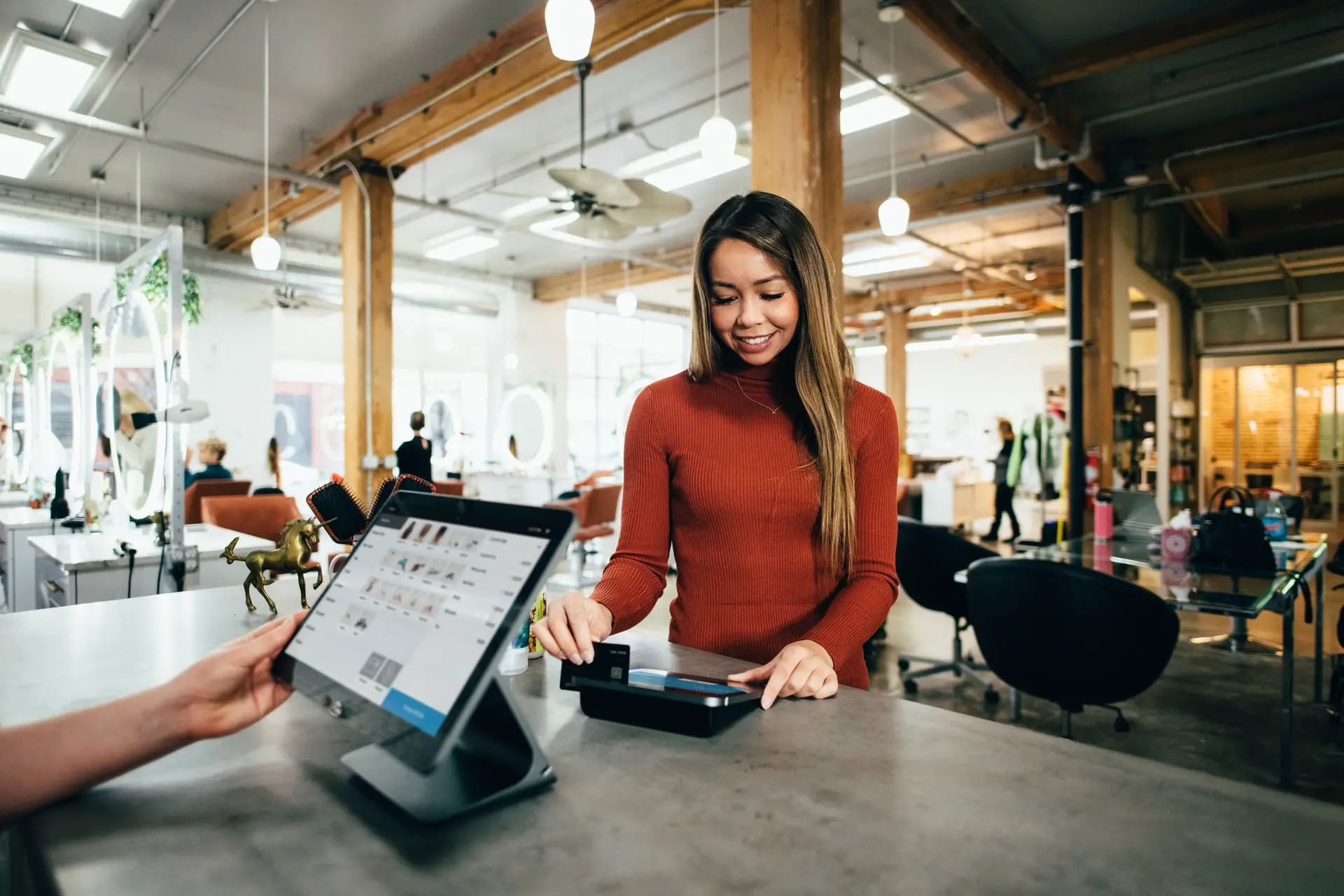Over the years cash registers have steadily improved, with cash registers (point of sale) performing the majority of mathematics that a cashier would have performed.
Nowadays cash registers log the transactions that occur, creating a record of customer purchases.
It is also used to calculate tax, discount codes, generate receipts, and other basic sales tracking.
Most supermarkets, grocery stores, and department stores use cash registers.
Some registers are more modern than others, resulting in cashiers having to perform some maths more than others.
So what kind of math do cashiers use?
Cashiers use basic maths, arithmetic to apply discount coupons, collect money from the customer, and giving back the correct amount of change to the customer. That being said, most registers automatically perform the arithmetic.
So now we have discussed the main questions, let explore the most common questions relating to being a cashier and maths.
Do you need to be good at maths to be a cashier?
To be a cashier you do not need to be amazing at maths. All you do need to have a basic understanding of arithmetic, mainly addition and subtraction.
Modern cash registers automatically perform the arithmetic for you.
Do cashiers have to do math?
Yes, cashiers do need to understand basic maths, addition, and subtraction.
Nowadays, cash registers calculate the number of goods sold, the amount customer owes, and how much change to be provided back to the customer.
Do cash registers do the math for you?
Yes, registers do calculate the amount the customer pays by scanning or entering the items into the register.
Most registers will calculate the exact amount of change to be provided to the customer.
There might be the odd occasion when you have to pull out the calculator, and if you do it will be basic maths calculated.
Can I be a cashier if I am bad at math?
Yes, you can be a cashier if you are bad at maths. So long as you enter the correct amounts into the cash register. Thankfully, most modern cash registers perform the maths for you.
If your cash register does not calculate the exact amount of change for the customer, best to practice basic maths.
For example, if the cost of the goods is $40, the customer gave you $70 then the amount of change will be $30.
When you are not at work, there are plenty of opportunities to practice basic maths.
At home, practice with different amounts and change.
Also, use a calculator to practice discounts or tax amounts (.05%, 10%, 15%)
Like anything in life, the more you repetition when doing something the better you get at doing it, soon it will become second nature and you won’t have to think twice about giving the correct change.
Looking for further information on being a cashier, check out this article on being a cashier a hard Chief job and being a cashier a first good job


